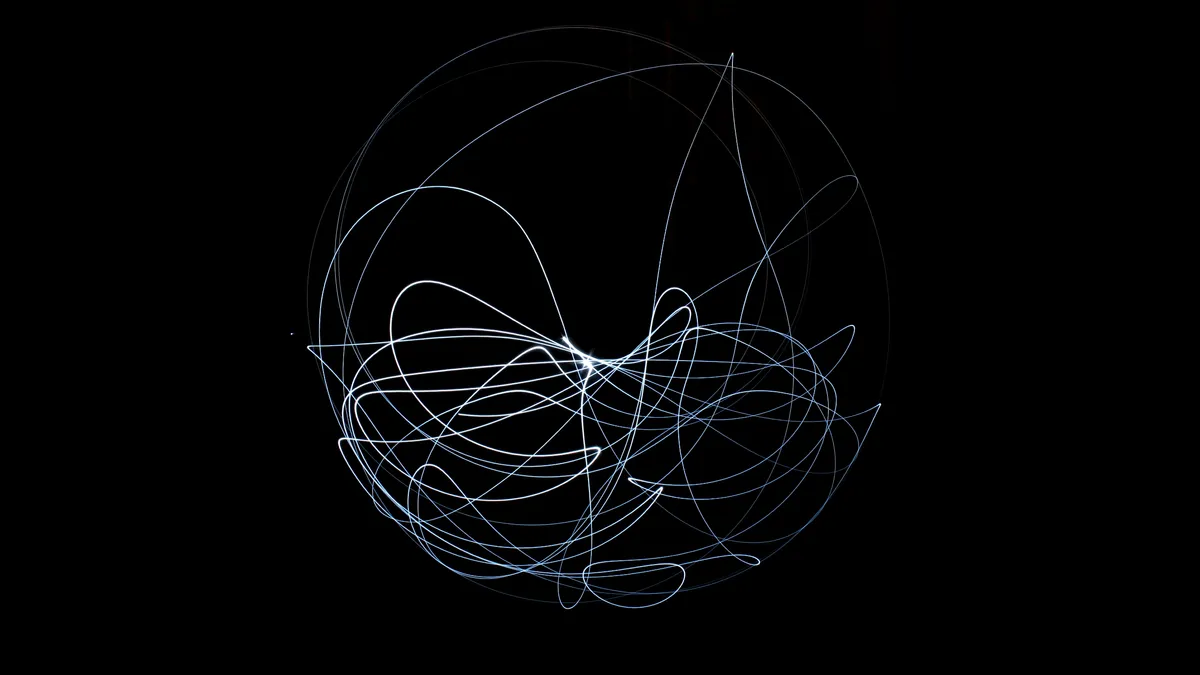In chaos theory, even the smallest changes can lead to vast, unpredictable outcomes. As Catherine McKenzie writes in Fractured, “They say that if a butterfly flaps its wings in the Amazonian rainforest, it can change the weather half a world away.” This idea captures the essence of chaos theory—the sensitivity of complex systems to initial conditions, making long-term predictions nearly impossible.
Chaos Theory in a Nutshell
Chaos theory is a branch of mathematics that explores how small variations in the starting conditions of a system can cause dramatic changes in its future behavior. In everyday terms, it shows how slight changes in one part of a system can lead to enormous, unpredictable consequences in another. This is why predicting the weather, for example, becomes increasingly difficult over time: even the tiniest shift in variables today can dramatically affect the outcome in the future.
The Butterfly Effect
The “butterfly effect” is a core principle of chaos theory. It suggests that something as trivial as a butterfly flapping its wings could trigger a series of events that ultimately leads to something as large as a hurricane. While this metaphor exaggerates the point, it underscores the chaos in systems where small actions can ripple out and cause large-scale, unforeseen outcomes. This idea helps explain why weather predictions beyond a few days are so challenging, as tiny changes can throw the entire system off course.
Real-World Chaos: A Wrong Turn That Sparked World Wars
Chaos theory isn’t just a mathematical concept; it’s shaped real-world events, often in surprising ways. Take World War I, for example. On June 28, 1914, Archduke Franz Ferdinand was assassinated in Sarajevo due to a series of small, seemingly insignificant events. After an initial assassination attempt failed, the Archduke made a decision to visit the hospital, and his driver, unfamiliar with the city, made a wrong turn. This mistake led him directly to Gavrilo Princip, who seized the opportunity to kill the Archduke and his wife, Sophie.
This seemingly minor misstep set off a chain reaction that led to World War I, drawing in various European powers due to complex alliances. The war had far-reaching consequences, including the Russian Revolution, the rise of the Soviet Union, and the eventual outbreak of World War II. What began with a wrong turn became a major historical turning point.
The Unpredictability of Chaos
Chaos theory teaches us that small actions can lead to far-reaching and unpredictable consequences. From weather patterns to world wars, the butterfly effect shows how minor events can cascade into monumental changes. The chaotic nature of the world emphasizes that every decision, even those we perceive as small or insignificant, can alter the course of history.
On a personal level, we all experience these “butterfly effect” moments—small, seemingly random incidents that shape our lives in ways we might not fully understand. As the article suggests, “Look back into your past and try to find these ‘what-if’ events, the smallest of the incidents that shaped your life and made you who you are today.” Often, we find that the most pivotal moments in our lives come from chance events, not planned decisions. Embracing this chaos can lead to a more exciting and fulfilling life, one where we understand that sometimes the dance of life is a mix of order and chaos.

Leave a Reply